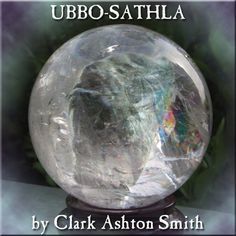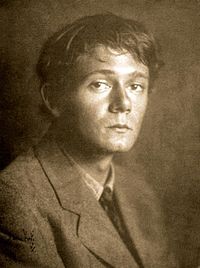What do you think?
Rate this book


370 pages, Paperback
First published January 1, 1935









I, Satampra Zeiros of Uzuldaroum, shall wirte with my left hand, since I have no longer any other, the tale of everything that befell Tirouv Ompallios and myself in the shrine of the god Tsathoggua, which lies neglected by the worship of man in the jungle-taken suburbs of Commoriom, that long-deserted capital of Hyperborean rulers.
All the hideous things that had swarmed upon me beneath the cacophonous beating of those accursed gongs, drew near again for a moment; and I looked with fearful vertigo into hells of perversity and corruption. I saw an inverted soul, despairing of good, which longed for the baleful ecstasies of perdition. No longer did I think him merely mad: for I knew the thing which he sought and could attain; and I remembered, with a new significance, that line of Baudelaire's poem - "L'enfer dont mon coeur se plait."
Xeethra plunged incontinently into the dark cave.
I, Satampra Zeiros of Uzuldaroum, shall write with my left hand, since I have no longer any other, the tale of everything that befell Tirouv Ompallios and myself in the shrine of the god Tsathoggua, which lies neglected by the worship of man in the jungle-taken suburbs of Commoriom, that long-deserted capital of the Hyperborean rulers. I shall write it with the violet juice of the suvana-palm, which turns to a blood-red rubric with the passage of years, on a strong vellum that is made from the skin of the mastodon, as a warning to all good thieves and adventurers who may hear some lying legend of the lost treasures of Commoriom and be tempted thereby.Though that story ended up with a bit of a Conan vibe, so I wasn’t entirely put off by it. The second story was needlessly wordy AND a bit silly in its reliance on made up complicated names. So not the best of starts.